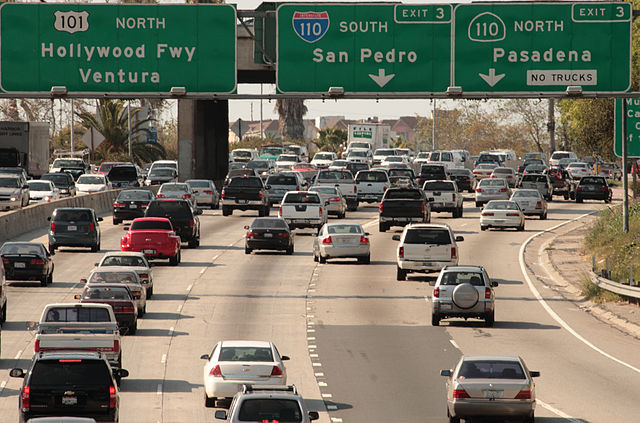Motorway vs Freeway
The distinction between a motorway and a freeway can be explained based on several factors, such as the number of lanes on the road. If you have traveled to different parts of the world, you may have encountered various naming systems for highways, such as expressways, freeways, interstates, and throughways. These terms can be quite confusing, especially if you are driving in a foreign country. Each type of highway has unique features that differentiate them, such as charges, types of vehicles allowed, and more. In this article, we will focus on the terms motorway and freeway.
The increasing demand from the public and the rapid growth in the number of automobiles on the road led governments to create networks of paved roads to connect two or more significant cities within a country. The construction of highways allowed for faster and more efficient road transport, and soon, nearly all countries developed their own network of roads connecting different cities, which became the lifelines of road transport.
What is a Motorway?
A motorway is a term primarily used in England and some other European countries. It is also a type of highway. The M series of roads connecting major cities in England are well-known worldwide. These are highways with restricted entry or controlled access intended to provide uninterrupted, fast-moving traffic without traffic signals. A motorway typically has two lanes for each side of the road. In England, there is even a separate numbering system for these motorways, such as M1, M2, M3, and M4.
Different countries use different numbering systems for motorways. In Australia, motorway numbering varies from state to state, with most states now changing to the M prefix numbering system. In Germany, federal motorways have the prefix A, while in the Netherlands, motorway numbers use the original national highway number with the prefix A.
What is a Freeway?
Freeways are also highways with controlled access but do not charge any tolls. As a result, they are called freeways. Both motorways and freeways refer to highways that are raised roadways with multiple entry and exit points through ramps. In terms of the number of lanes, freeways can have up to six lanes throughout. Freeways also have limited access, meaning not all types of vehicles can travel on a freeway. Bicyclists, pedestrians, and equestrians are not allowed to travel on freeways, as they cannot match the speed of the traffic on these roads.
What is the difference between Motorway and Freeway?
• Definition of Motorway and Freeway:
– A freeway is a term used to refer to a type of highway. It is a road without any intersections, allowing motorists to drive at high speeds, and it is also free of charge, unlike many highways where tolls are charged.
– A motorway is a term more popular in Britain and some other European countries, referring to highways that connect major cities of the country. In the UK, England has the M series of highways, while Ireland has its own motorways with different names.
• Number of Lanes:
– Freeways can have up to six lanes throughout.
– Motorways usually have two lanes per side.
• Toll Payment:
– Freeways do not charge motorists for using the highway.
– Motorways charge tolls.
• Controlled Access:
– Both motorways and freeways are controlled access highways, meaning not everyone can travel on them. There are usually accepted vehicle weight and minimum power requirements for traveling on a motorway or freeway. Pedestrians, bicyclists, and equestrians are not allowed on these roads. However, when an existing road is transformed into a motorway, Britain sometimes keeps those roads as not fully motorways to ease traffic that used to travel on those roads.
Key Takeaways
- Motorways and freeways are both types of highways with controlled access and are designed for high-speed traffic without intersections.
- Motorways generally have two lanes per side, while freeways can have up to six lanes throughout.
- The main difference between motorways and freeways is that motorways charge tolls, while freeways do not.
